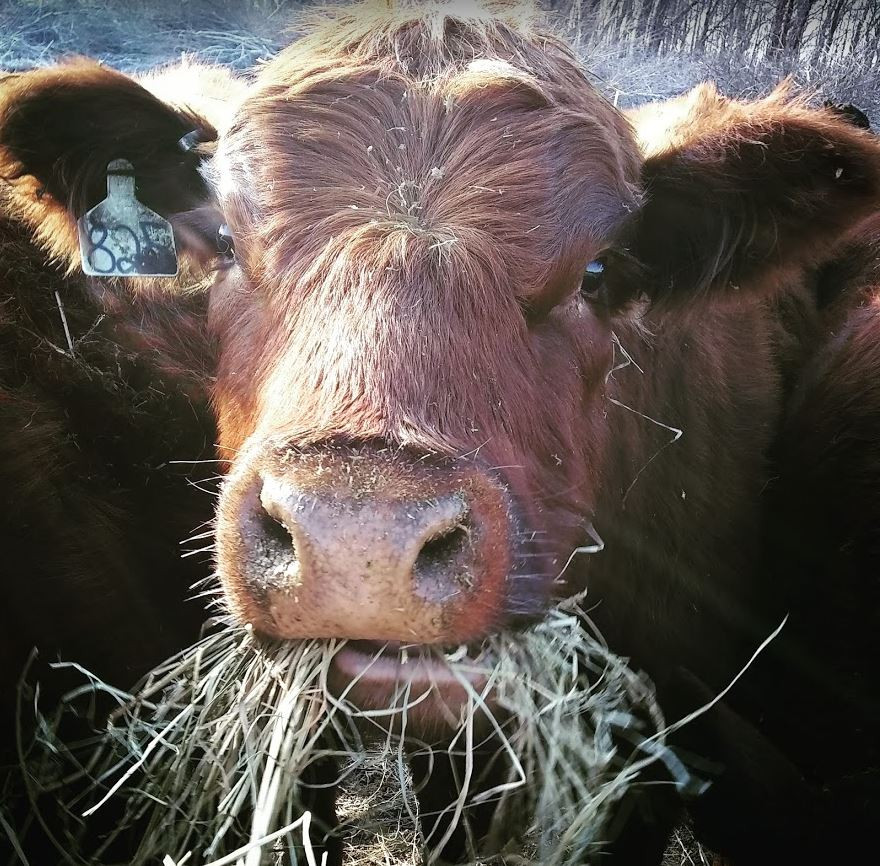How do you feed grass-fed beef regeneratively in winter?
posted on
February 4, 2022
We often receive the question, “How do you keep your cattle grass-fed in the winter?”
Well, join us for a quick, virtual tour and close up look...
Or you can read in more detail below.

In the summer, when we rotate the cattle through our pastures, we set aside some of those paddocks, ungrazed, and grow them for hay. We harvest those paddocks and bale that hay. The hay is then kept in storage, making it available in winter when there would otherwise be no grass for the cattle and sheep to eat.
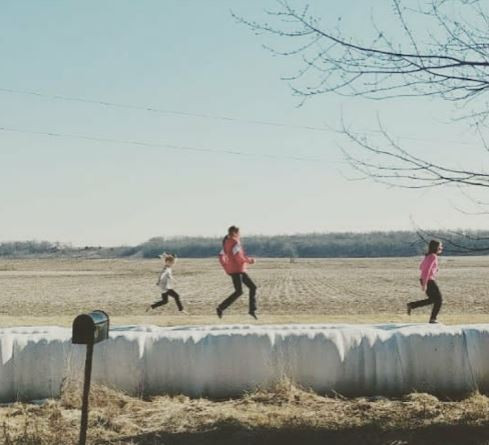
The stored bales, also just happen to make a perfect playground for the kids!
By that, summertime is double duty time. Not only are our diverse perennial pastures providing for the summer and fall grazing, but for the winter and spring, as well.
To keep the positive effect of building soil health via rotational grazing after fall, we spread the bales out across the winter pasture. This allows the cattle to spread out so all can have equal access to the bales. This method also ensures the cattle spread their own manure equally across the pasture to help naturally fertilize and build the soil nutrients and health.
 As a bonus, we reduce our carbon footprint by eliminating the need for a tractor to spread the manure that would otherwise accumulate in a concrete floored barn. This helps to keep the cattle cleaner and healthier, too, as you can see.
As a bonus, we reduce our carbon footprint by eliminating the need for a tractor to spread the manure that would otherwise accumulate in a concrete floored barn. This helps to keep the cattle cleaner and healthier, too, as you can see.
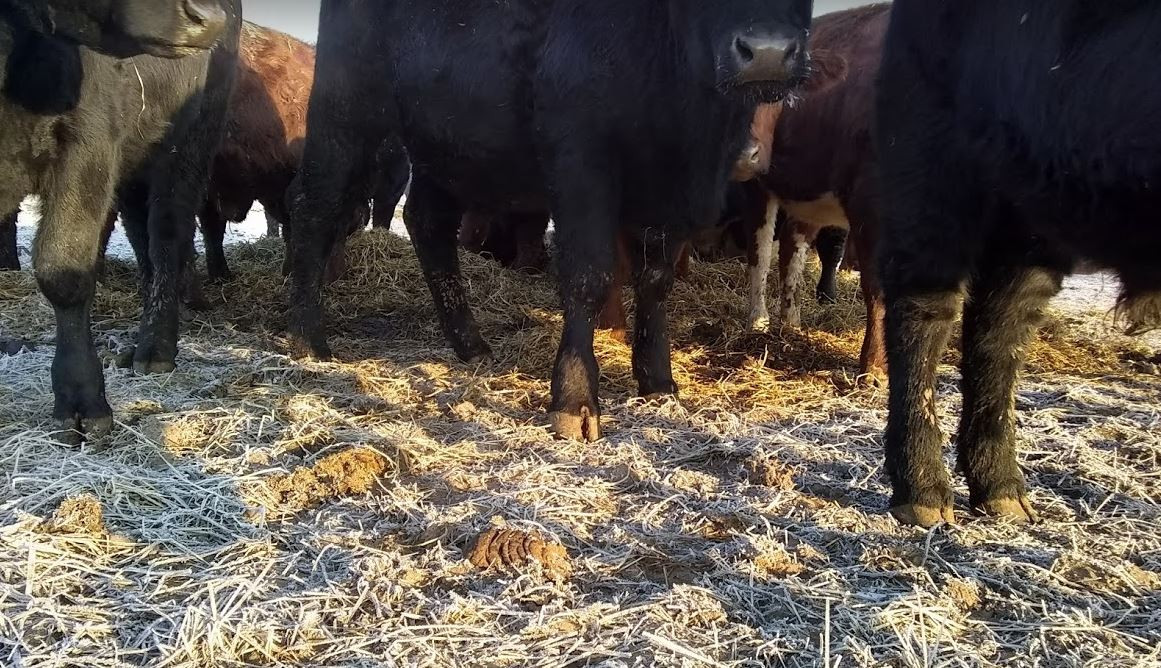
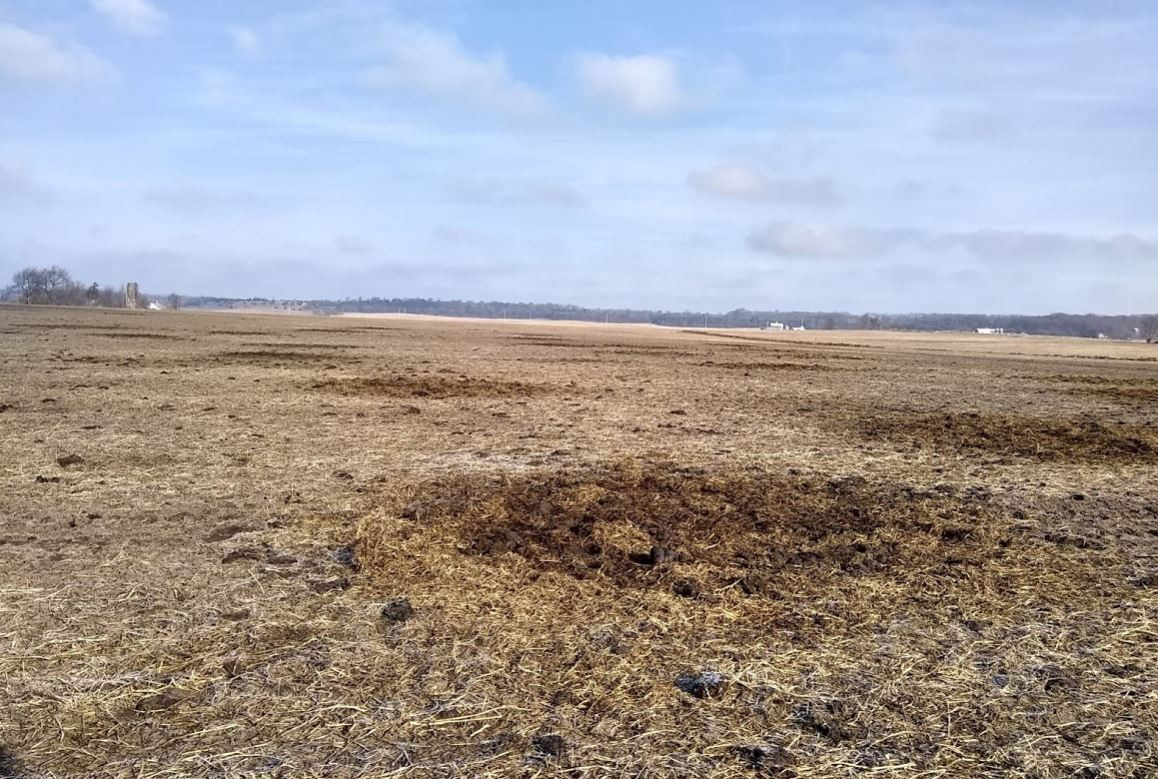
As shown in the picture above, the cattle don’t eat the entire bale and leave some of it behind. While it may seem wasteful for the cattle to not eat all of the bale, it simply isn’t. The cattle aren’t eating it anymore, but that doesn’t mean nobody is! After winter, we'll use our pastured pigs as tilling tools to turn over the hay residue and help break it down for the soil.
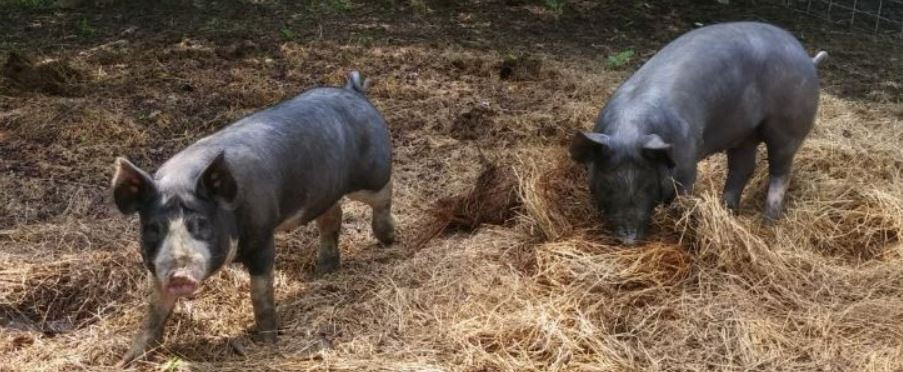
What the pigs and cattle don’t eat, the soil does. Any remaining hay, manure, or organic material of any sort becomes the soil’s buffet, as insects and soil microbes feast and break it down. Those nutrients become part of the soil, fertilizing it for next spring’s growth.
We intentionally manage the cattle to do a similar thing in summer. By moving them every day, twice a day, to a new paddock, we keep the cattle from overgrazing, allowing the soil nutrients to build up again as that trampled vegetation breaks down just the same.
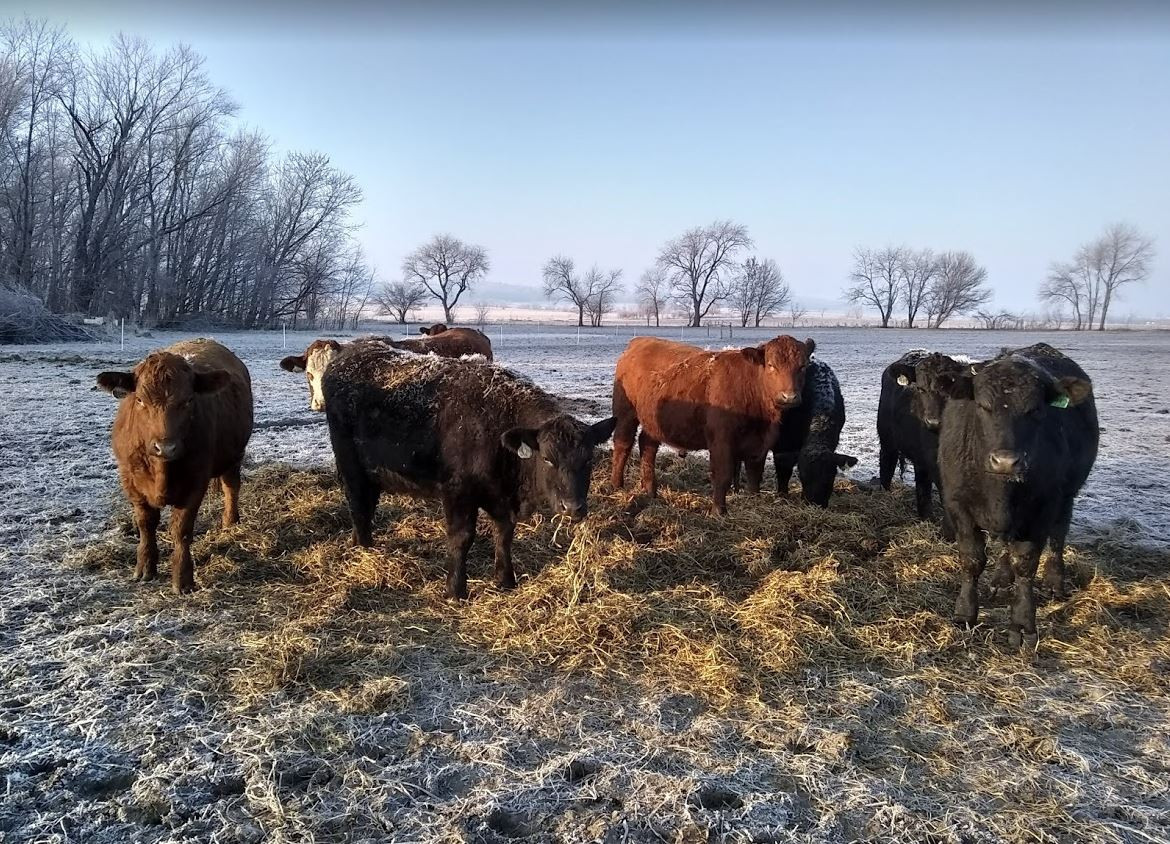
To control the spread of hay and manure across the pasture, we only take a few bales out at a time and rotate where they go, just like grazing in the summer.Even in the winter, our cattle remain healthy, eating grass as they should and helping build the soil nutrients. The cattle graze the bales on these frosty winter mornings in the pasture adjacent to the barnyard, giving them shelter in case of a truly “Wisconsin winter” event. With this, they are happy, healthy, and comfortable, resulting in continued quality, despite the change of seasons.
